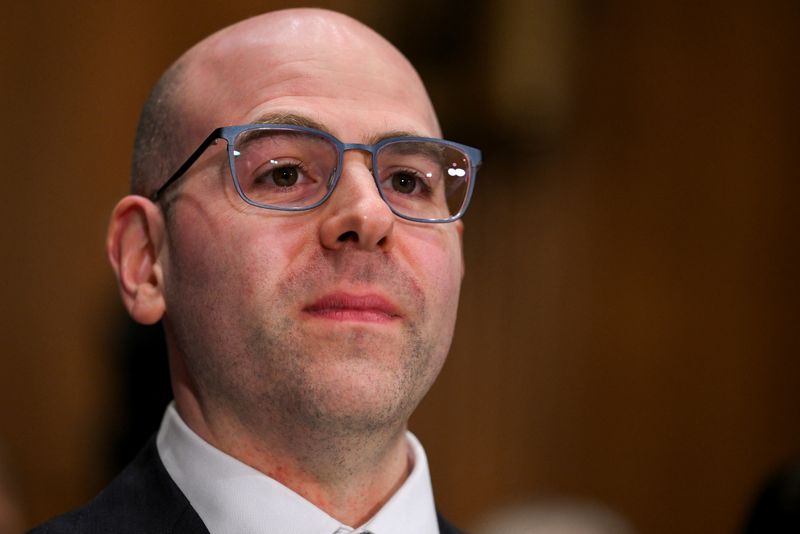Bitcoin price today: gains to $120k, near record high on U.S. regulatory cheer
Investing.com -- The hunt for the next Federal Reserve Chairman is fast underway with Treasury Secretary Scott Bessent leading the charge. Each day, new names are added to the list to take their place as the head of the most powerful central bank in the world. Today, Federal Reserve Vice Chairs Michelle Bowman and Philip Jefferson were added to the growing list, which is reportedly at least 10 people long. They join names like Kevin Hassett, Kevin Warsh, Christopher Waller, and James Bullard. In fact, the betting market is placing Waller’s chance at 44%.
However, a dark horse candidate is emerging to replace current Fed Chairman Jerome Powell, according to Barclays’ public policy strategist Michael McLean – Stephen Miran.
Miran was recently tapped by President Trump to replace Adriana Kugler, who surprisingly submitted her resignation on August 1, which created a vacant seat on the seven-member Federal Reserve Board of Governors.
Kugler’s term does not expire until January 31, 2026, providing Trump an opportunity to fill the seat early. Federal Reserve Board governors are nominated by the president and confirmed by the Senate. They have a fixed 14-year term.
“The Kugler vacancy is significant because it could be President Trump’s only opportunity to appoint a new governor until 2028, if other governors do not resign before the expiration of their terms,” McLean states. The next open seat would be Powell’s, whose term as a governor ends on January 31, 2028, unless he leaves the board when his term ends – as 13 of 15 prior Fed chairs have done.
McLean highlights that while Miran’s term would end on January 31, 2026, he can serve indefinitely until replaced. In 2012, for example, Governor Elizabeth Duke served 19 months past the end of her term before she resigned.
“There does not need to be a rush for President Trump to nominate Miran or someone else for a full 14-year term before President Trump decides who he plans to nominate to take the job of Fed chair in May,” the strategist said. “In fact, it would be historically unusual if Miran left the Fed board on January 31.”
Trump could have left Kugler’s vacant Fed governor seat open but instead moved quickly to nominate Miran. Barclay economists see the seat as unlikely to sway near-term interest-rate decisions, though Miran’s vote could shape the finalization of the Fed’s enhanced supplementary leverage ratio rule. His confirmation would give Trump appointees a four-member majority on the seven-seat board, potentially enabling changes to bank regulations. By not nominating someone for a full term, Trump may be giving Miran a trial run, positioning him as a serious contender for Fed chair.
McLean see four advantages for Miran: he enjoys Trump’s trust and has been a vocal supporter of his policies; as a Fed governor, he would gain insider knowledge of the central bank’s workings; he would have a public platform and a vote on monetary policy, potentially emerging as a dissenting voice; and a successful confirmation now could pave the way for another next year. The path from CEA chair to Fed chair has precedent, and Miran’s willingness to challenge consensus could align with Trump’s appetite for disruption at the Fed.
